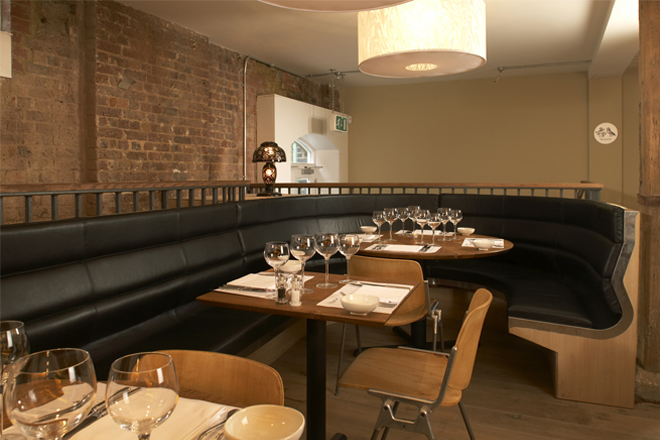Tim Armitt, managing director at Lyndon Design, advises on how to make hospitality spaces stand out with bespoke furniture designs…
The need to stand out from the crowd and to provide that luxury wow factor was once the preserve of the leading four star, five star, and boutique hotels around the globe. However, across the hospitality sector over recent years, there has been a distinct surge in bespoke designs and handcrafted seating across both small- and large-scale projects. Customers are now looking for upholstery that provides jaw-dropping decadence, combined with comfort, flexibility and practicality.
In the world of seating, bespoke constitutes a desired layout and appearance for the upholstery that is usually created by the client. This set of ideas is taken by the manufacturer and designer to develop a bespoke unit that can be produced along the lines of products that are already tried and tested.
Bespoke seating is generally loose furniture. It is not fixed to the wall, but is ‘built to fit’ within the wall layouts or joinery items that may exist already, or that may be created during a project.
Bespoke seating usually refers to banquettes that are the most prevalent requirement when accommodating large numbers of people – they are a popular choice throughout hotels and restaurants.
Banquette seating offers a flexible solution; from dining areas within a staff café or fine dining restaurant, to collaborative and breakout spaces. Skillfully designed to fit almost any given environment and to meet specific ergonomic and spatial requirements, banquette seating offers endless design opportunities whilst cleverly maximising the use of space.
From a design perspective, banquette seating needs to be adaptable and considered. For example, ease of access for the people using it; positioning of tables against seating joints; and the ability to rearrange areas for different numbers of people.
Banquettes should also be ergonomically appropriate for the purpose, ie dining: shorter seat, more upright back, suitable seat height – all these dimensions and relationships have been created before, it is just a case of fitting existing basic ideas to the appearance that the designer is trying to achieve.
It’s more important than ever before that the materials used when designing bespoke furniture are also given careful consideration. They need to withstand everyday use, meet the rigours of housekeeping and offer an easy-to-clean and maintain solution. This too has to be balanced against aesthetics and comfort.
Clearly there’s more to bespoke than meets the eye but with individuality and craftsmanship at stake, it pays to appoint the professionals when it comes to handcrafted seating.



